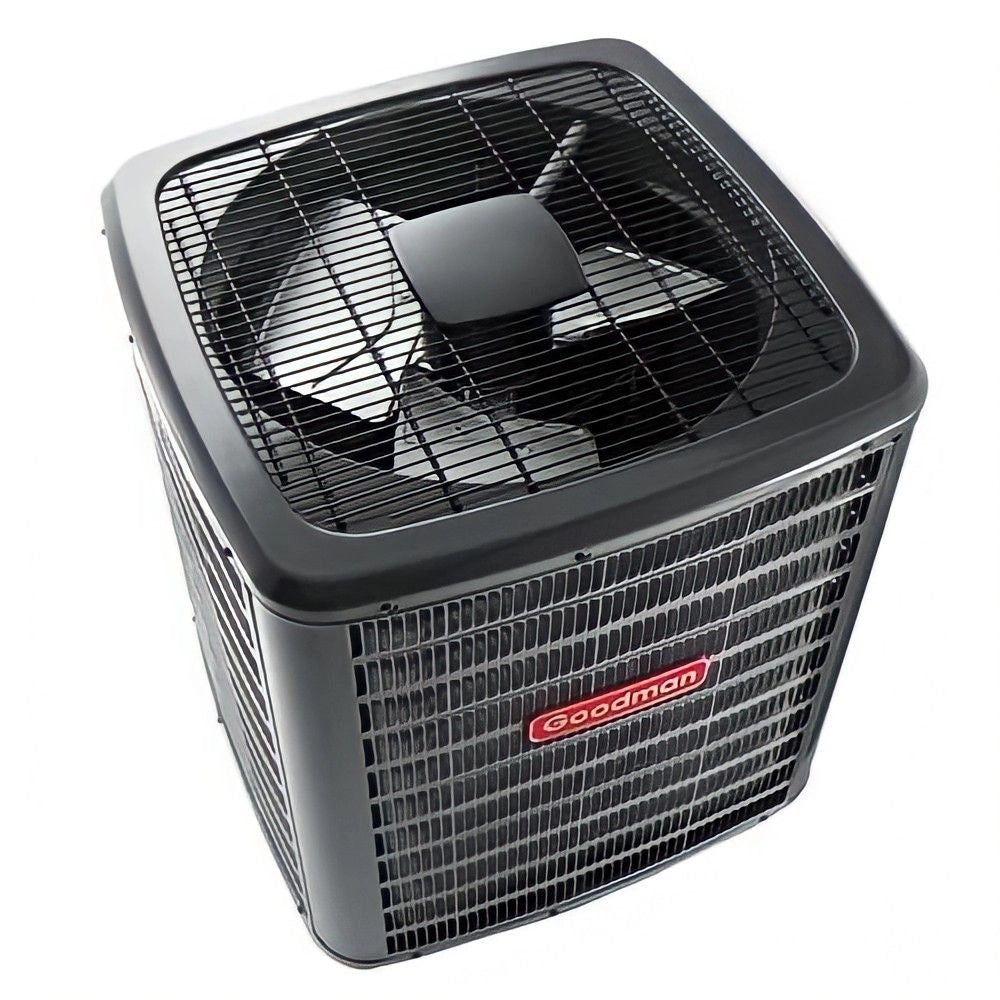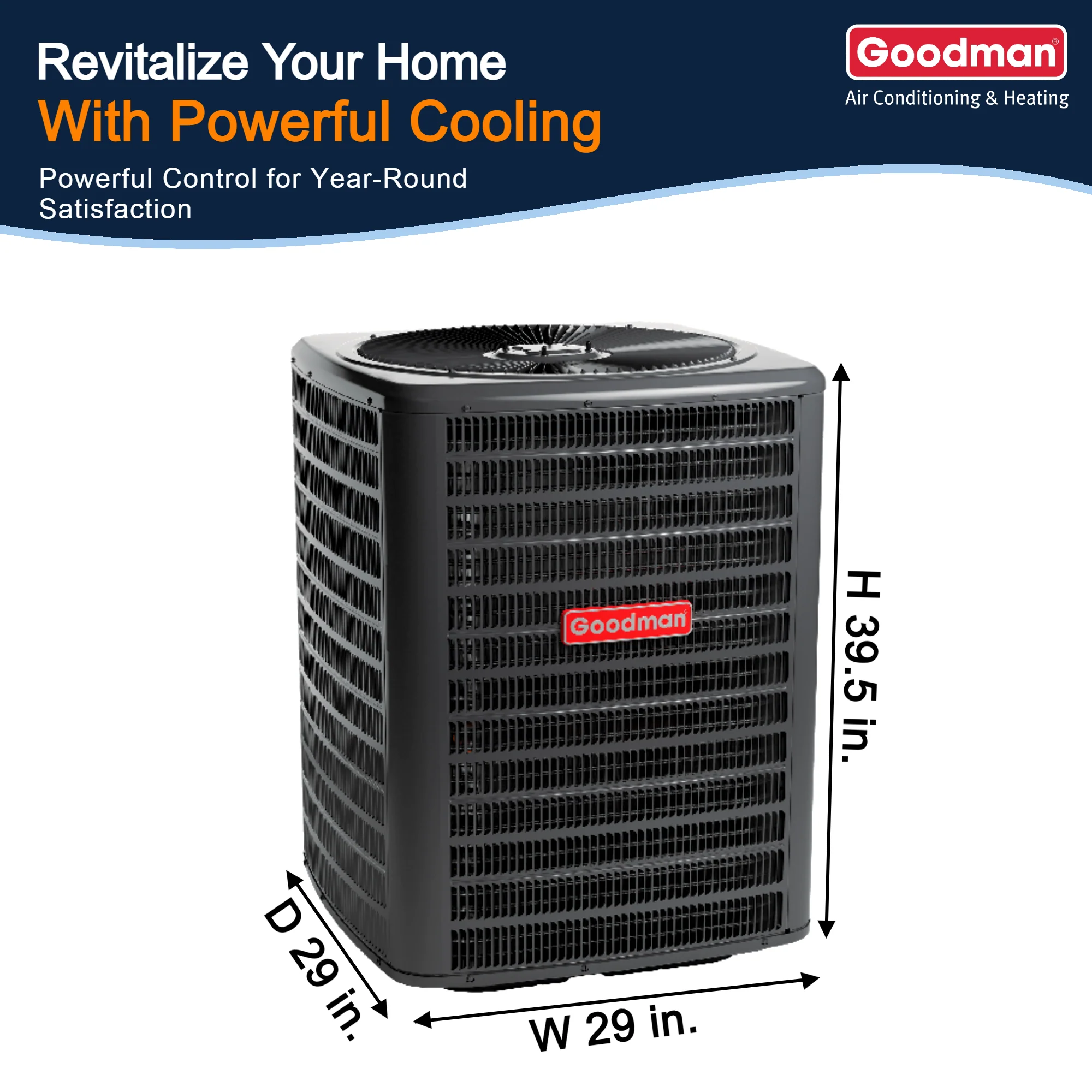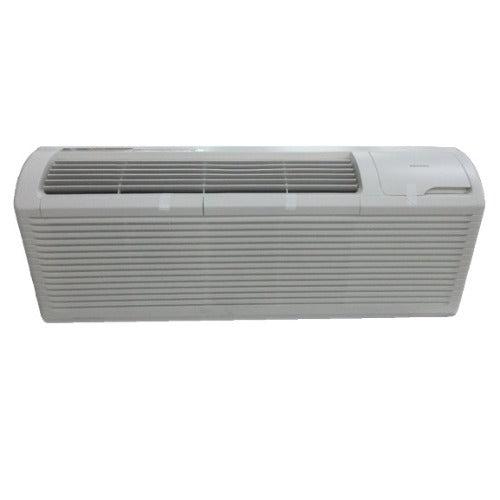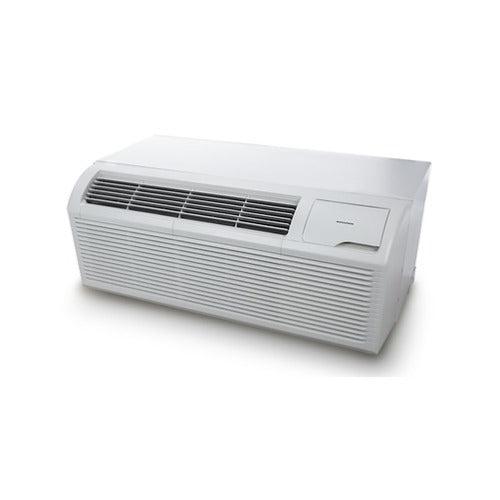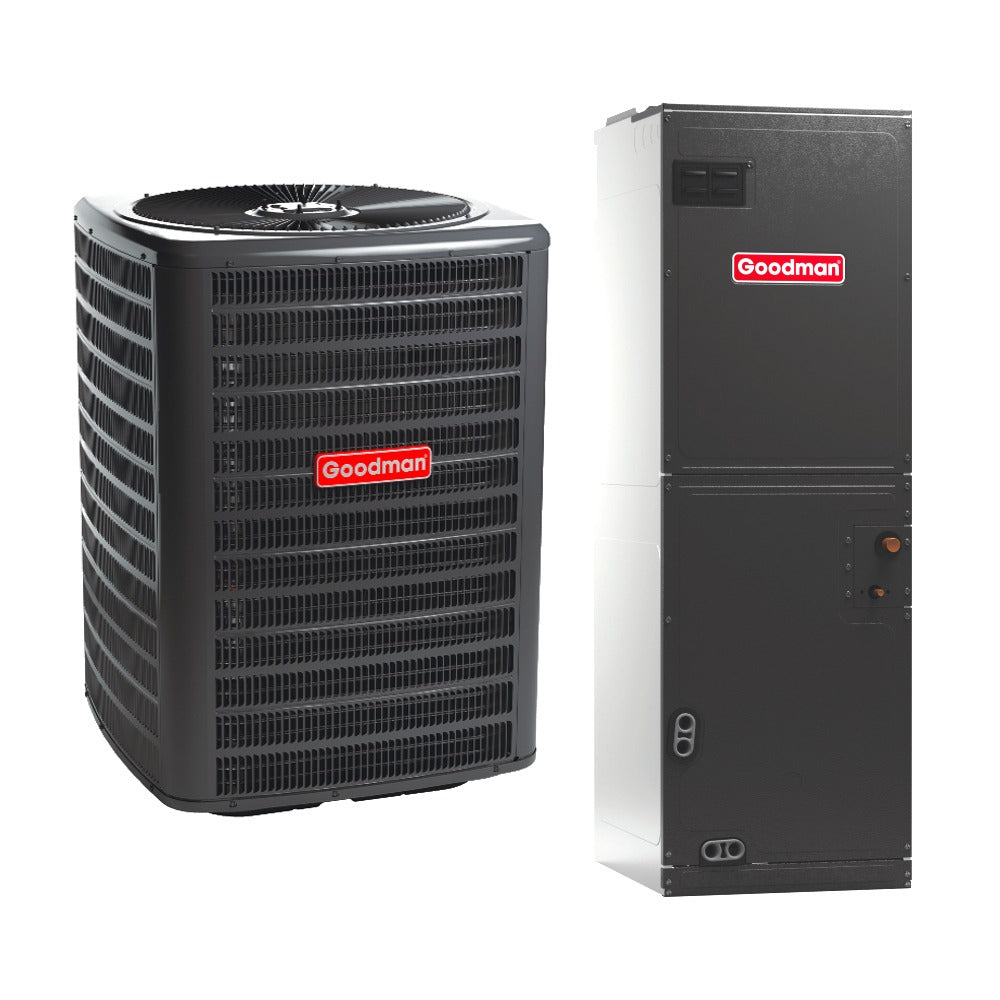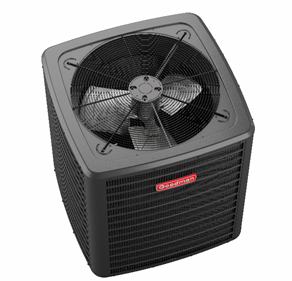Field-Tested Sound Insights | What to Expect & How to Optimize Noise Levels
Introduction
Noise complaints are one of the top reasons HVAC systems get callbacks. Whether it’s the outdoor condenser humming too loudly or interior airflow that sounds like a jet engine, customers want quiet comfort. The Goodman GLXS4BA3610 3 Ton R-32 AC system strikes a balance between performance and reasonable sound output—but it’s not silent.
In this article, I’ll break down the actual sound performance of this unit based on field experience, manufacturer data, and common-sense installation tips to keep things running whisper-quiet.
Manufacturer Sound Ratings
-
Compressor Sound Rating: 73–75 dB (decibels)
-
Blower Motor Noise: Variable, depending on tap settings and duct pressure
-
Sound Dampening Features:
-
Compressor blanket
-
Vibration-isolated base pan
-
For comparison:
-
A normal conversation = 60 dB
-
A vacuum cleaner = 70 dB
-
Window A/C unit = 78–82 dB
According to the U.S. Department of Energy, central A/C systems typically range from 68 to 74 dB depending on model and load.
Real-World Observations from the Field
I’ve installed this exact system in dozens of residential homes, and here’s what I’ve consistently observed:
-
Outdoor Unit (GLXS4BA3610): Quiet enough to install near a patio without being disruptive—especially with shrubs or fencing for sound dispersion.
-
Indoor Air Handler (AMST36CU1300): Blower noise is minimal if static pressure is kept below 0.5" WC and proper duct sizing is used.
Installation quality is often more important than the equipment rating itself.
Common Noise Complaints (and Fixes)
1. Humming or Buzzing Condenser
-
Likely Cause: Loose panel, transformer vibration, or refrigerant piping touching copper lines
-
Fix: Secure panels, use foam isolators on lineset contact points
2. Rushing Air Indoors
-
Likely Cause: Ducts too small for 1200 CFM airflow
-
Fix: Resize return, increase duct diameter, or drop blower tap
3. Compressor Start-Up Clunk
-
Cause: Scroll compressor natural behavior
-
Fix: None required unless excessive—verify mounting integrity
For noise mitigation tips, consult ASHRAE’s Residential HVAC Sound Guidelines.
Best Installation Practices for Quiet Operation
-
Level the condenser pad to prevent motor noise amplification
-
Use isolation pads under the condenser feet
-
Insulate refrigerant lines to prevent vibration transmission
-
Balance supply and return ducts to avoid pressure whistling
-
Select the lowest blower tap that still meets design airflow
Smart Tech Tips to Reduce Sound Further
-
Add a time-delay relay to prevent hard short-cycling starts
-
Use a communicating thermostat with ramping fan profiles
-
Install condenser in shaded area to reduce run load
Final Thoughts: It’s Quiet, If You Install It Right
The GLXS4BA3610 system isn’t the quietest on the market—but it’s impressively quiet for its class and price range when installed correctly. Customers who care about noise will appreciate its insulated cabinet, efficient scroll compressor, and soft-start options when paired with the right accessories.
When in doubt, site placement, ductwork design, and installer craftsmanship make all the difference.

